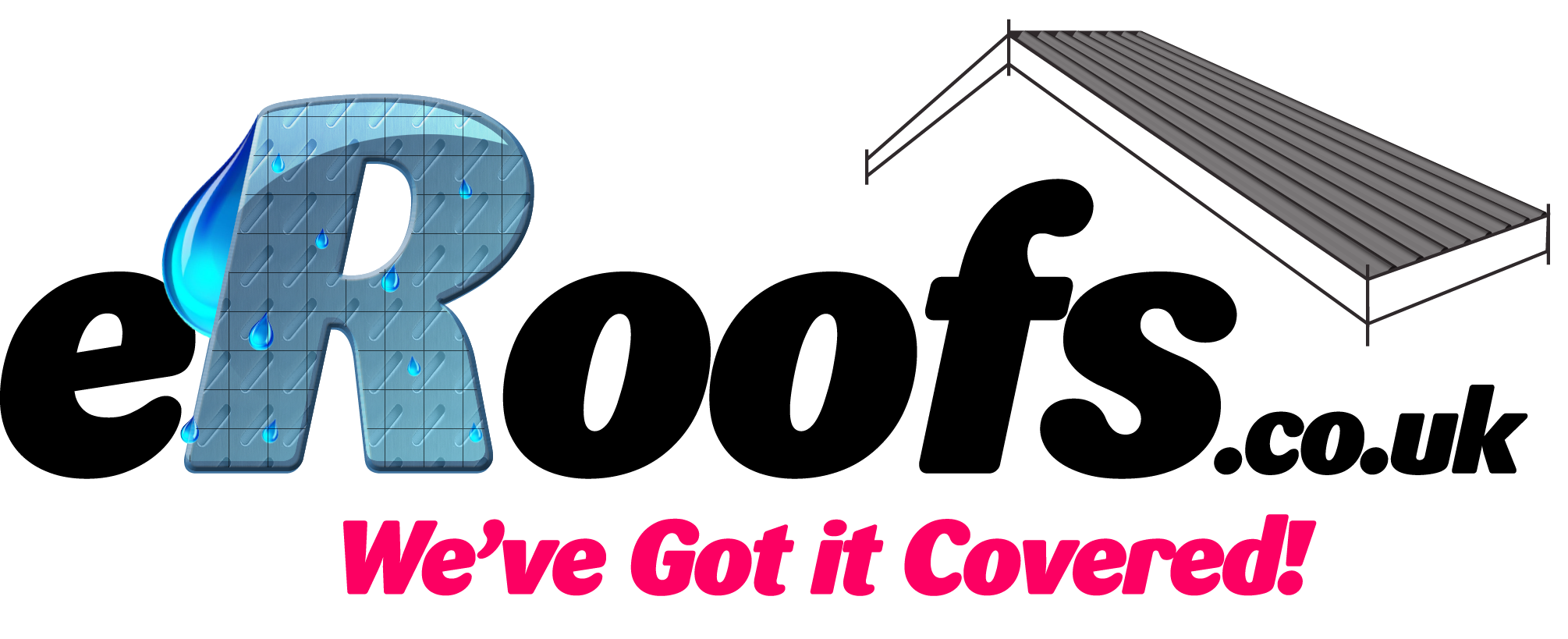Why Onduline Bitumen Roof Sheets Are the Perfect Choice for Your Next Project
Are you a roofing contractor or a DIY enthusiast looking for the ideal roofing material? Look no further! From their lightweight nature to exceptional waterproofing abilities, these sheets are designed…
